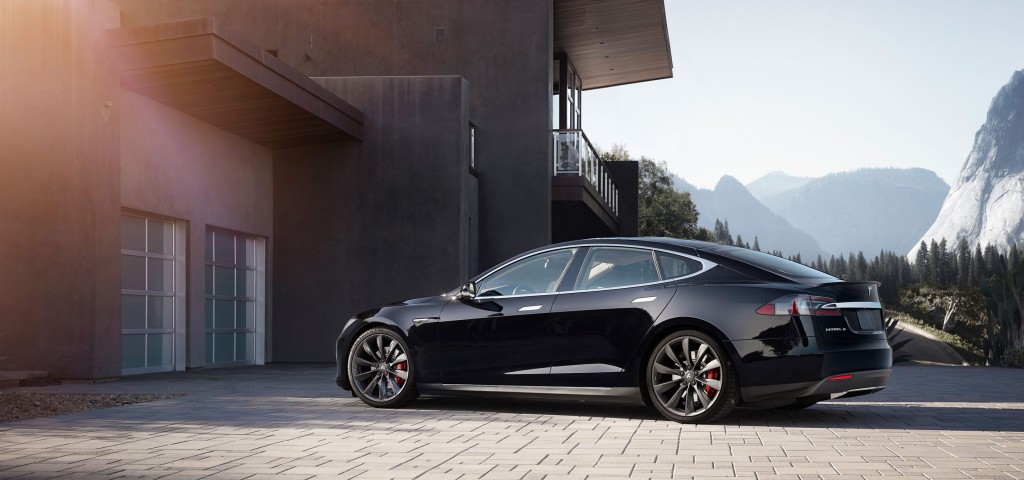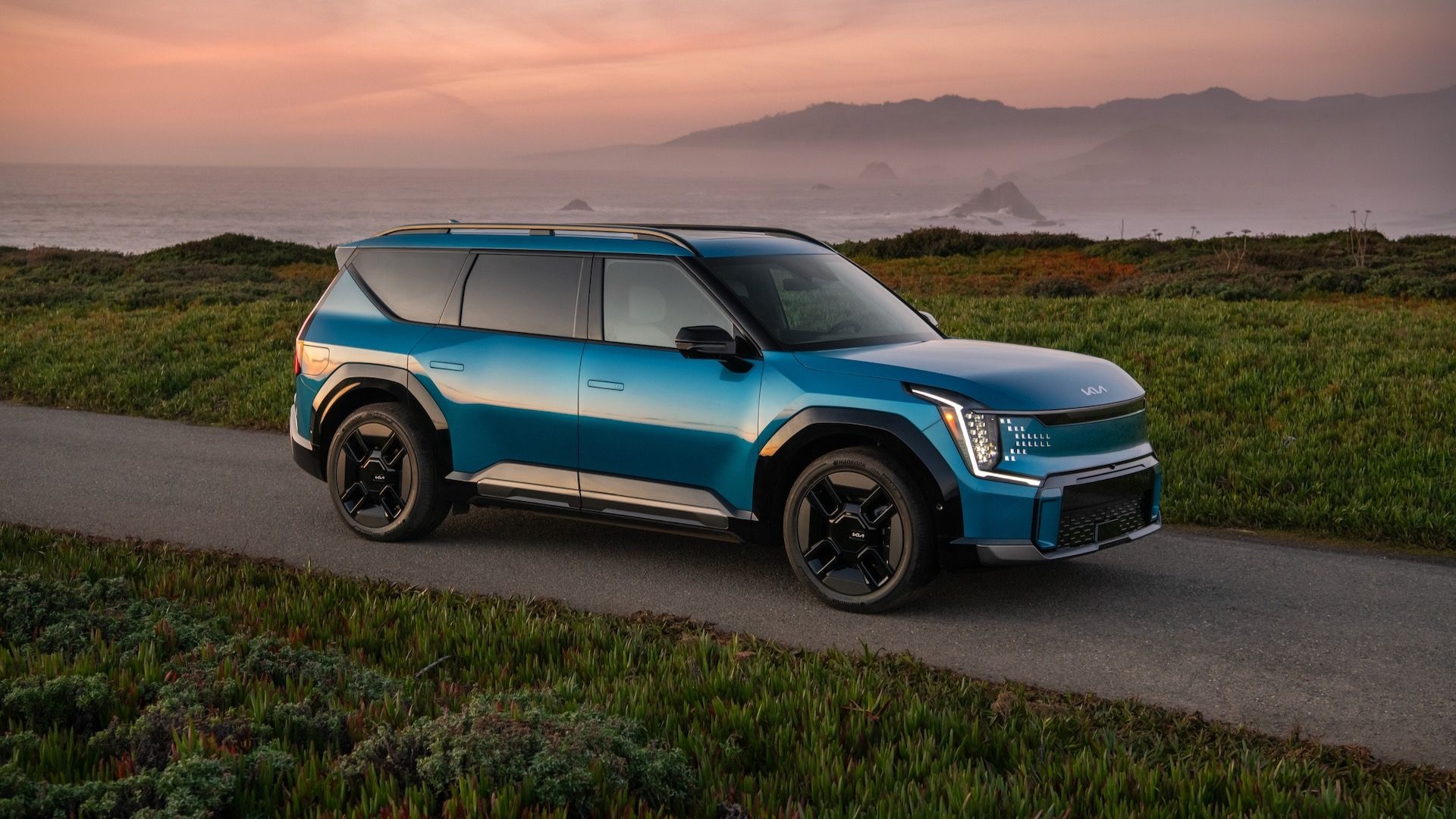Tesla has agreed to pay $1.5 million to settle claims that it used software to cut usable battery capacity on 1,743 Model S sedans, Reuters reported Thursday.
Owners included in the lawsuit will get $625 each (the rest of the sum goes to fees and attorney costs), according to the report, which cites documents filed last week in the United States District Court in San Francisco.
Filed in August 2019, the lawsuit claimed Tesla used an over-the-air (OTA) software update to limit the maximum amount to which batteries could be charged, effectively cutting range. Owners initially saw a 10% reduction lasting about three months, then a smaller 7% reduction lasting another seven months, before fully capacity was restored in March 2020, according to the report.
The software update in question came after a Tesla Model S was engulfed in fire in a Shanghai parking garage in April 2019. At the time, Tesla said it had traced the fire to a faulty battery cell, and said it would update the battery-management software on some cars to "further protect the battery and improve longevity."

2016 Tesla Model S
Since Tesla prices its cars based, in part, on the size of their battery packs, the lawsuit argued that software changes limiting battery capacity diminished the value of the affected cars.
Tesla also might not have had the wiggle room to avoid a drop in range. This scenario is partly why some automakers reserve a portion of battery capacity outside of the "usable range." Although Tesla appears to save more range at an indicated 0% than other EV makers, according to a recent Edmunds test.
Leaf owners in Arizona sued Nissan in 2012 for not being straightforward about real-world range, but this didn't relate to an intentional throttling of the batteries in the same manner.
Lawsuits over EV range claims, or software updates, are relatively rare. But with Tesla at the leading edge, does this set a precedent for the future?












